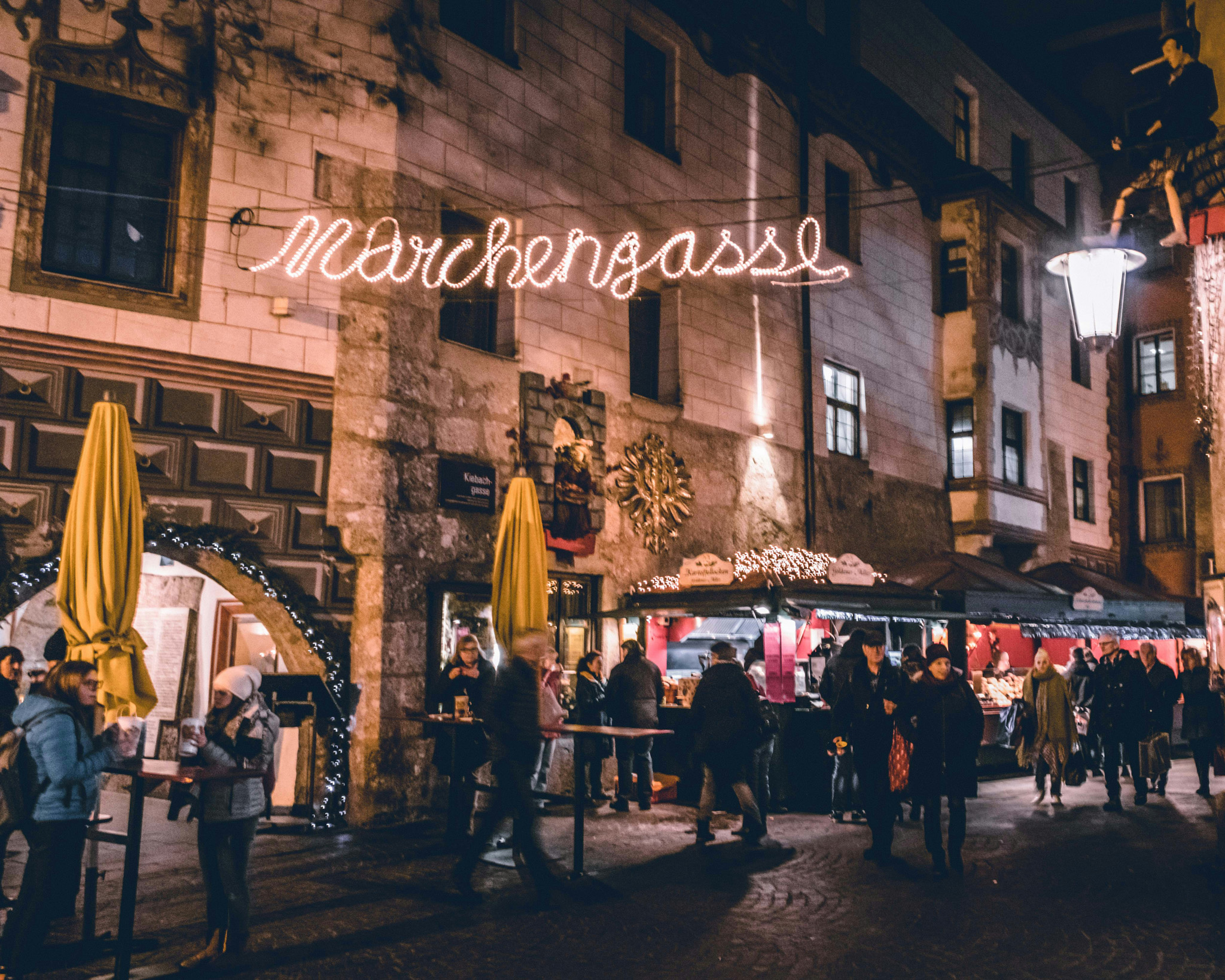Europe’s Christmas Markets – Destination Guide
Europe’s Christmas markets are a magical experience, offering a festive blend of twinkling lights, seasonal decorations, and the warmth of mulled wine and roasted chestnuts. From historic towns to vibrant city centers, the Christmas markets of Europe promise a unique and enchanting holiday experience. Here’s your guide to some of the best locations, essential travel information, and what you can expect during your visit.
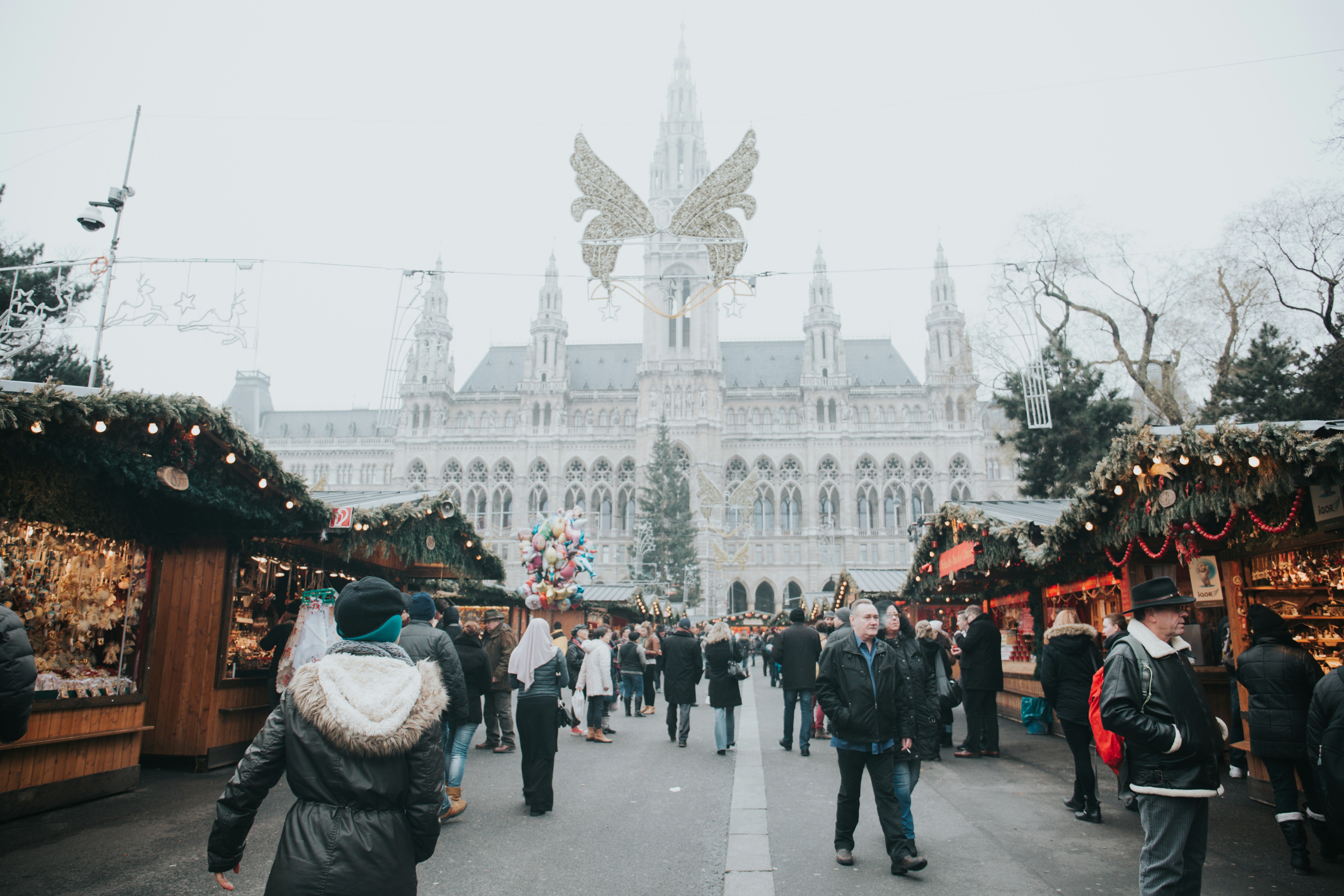
Main Locations
-
Vienna, Austria
Known for its elegant Christmas markets, Vienna offers a blend of old-world charm and festive cheer. The Christkindlmarkt at Rathausplatz is one of the most famous, with its impressive backdrop of the city’s town hall. -
Nuremberg, Germany
The Nuremberg Christkindlesmarkt is one of the oldest and most famous in Europe, dating back to the 16th century. Known for its traditional gingerbread, mulled wine, and handcrafted ornaments, it’s a must-see for Christmas lovers. -
Strasbourg, France
Often called the “Capital of Christmas,” Strasbourg’s Christkindelsmärik features over 300 stalls and offers a true festive atmosphere. Set in the heart of the city, it’s one of the oldest Christmas markets in Europe. -
Prague, Czech Republic
The Christmas markets in Prague are set against the stunning backdrop of Old Town Square. The Prague Christmas Market is known for its wooden chalets and delicious Czech pastries like trdelník. -
Budapest, Hungary
The Christmas market in Budapest at Vörösmarty Square is known for its beautifully crafted gifts, tasty treats, and scenic surroundings, including the grand St. Stephen’s Basilica.
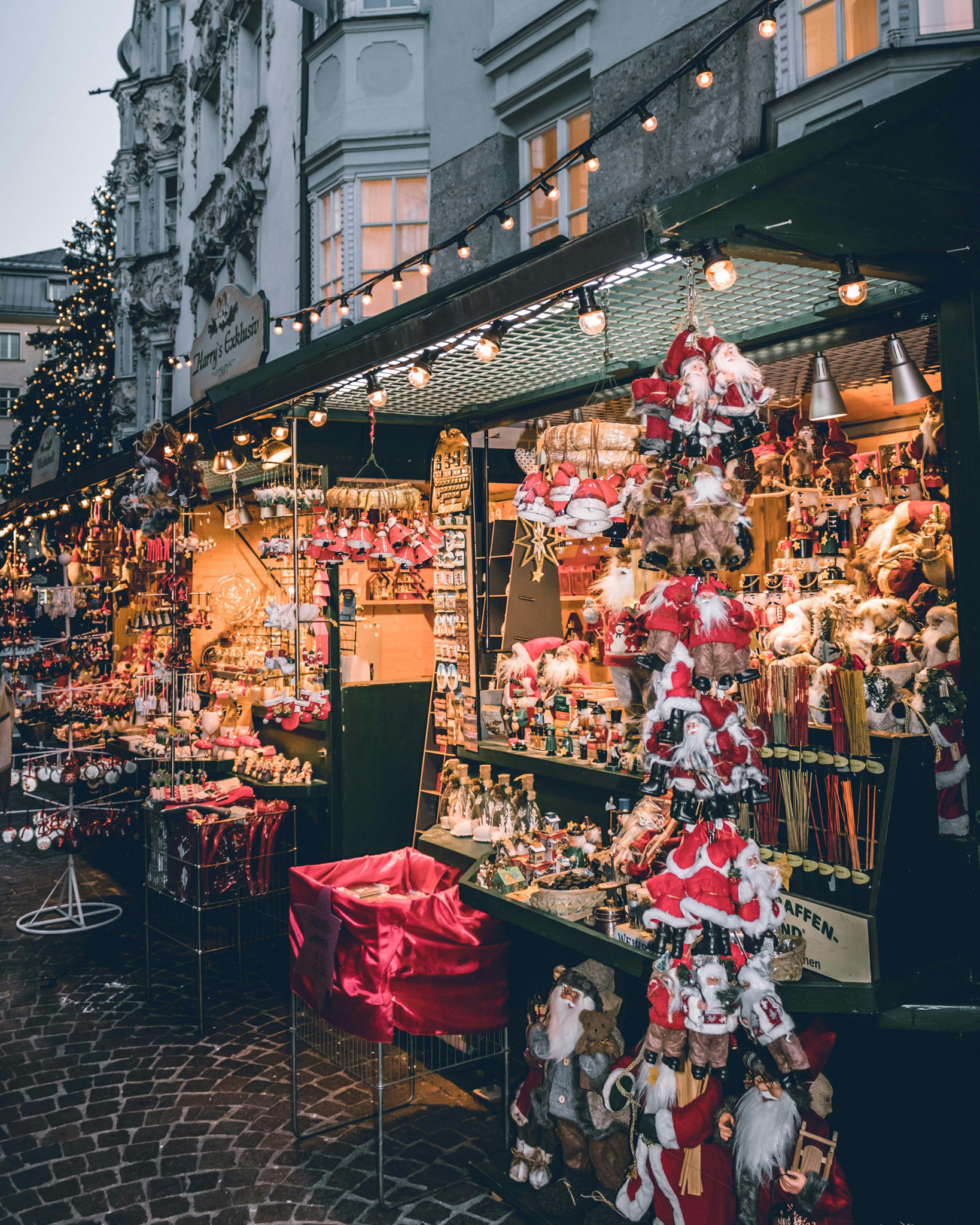
Highlights
- Traditional Crafts and Gifts: Browse stalls filled with hand-made decorations, local arts and crafts, and beautifully crafted ornaments.
- Mulled Wine & Seasonal Treats: Warm up with a mug of glühwein (mulled wine) and sample local pastries, chocolates, and holiday delicacies like gingerbread, stollen, and roasted chestnuts.
- Festive Entertainment: Many markets host Christmas carolers, live music, and performances, adding to the magical atmosphere.
- Ice Skating and Light Displays: Some markets feature ice skating rinks, and cities often light up their streets with breathtaking light displays.
Arrival Airports & Transport
- Vienna, Austria: Vienna International Airport (VIE) is the primary gateway. The city center is easily accessible by train (City Airport Train) or taxi.
- Nuremberg, Germany: Nuremberg Airport (NUE) connects to the city center by public transport or taxi.
- Strasbourg, France: Strasbourg International Airport (SXB) is around 20 minutes from the city center. Public transport or taxis are available.
- Prague, Czech Republic: Václav Havel Airport Prague (PRG) connects to the city via a bus, taxi, or the airport express train.
- Budapest, Hungary: Budapest Liszt Ferenc Airport (BUD) is well-connected to the city center by taxi, bus, or a 24/7 airport shuttle.
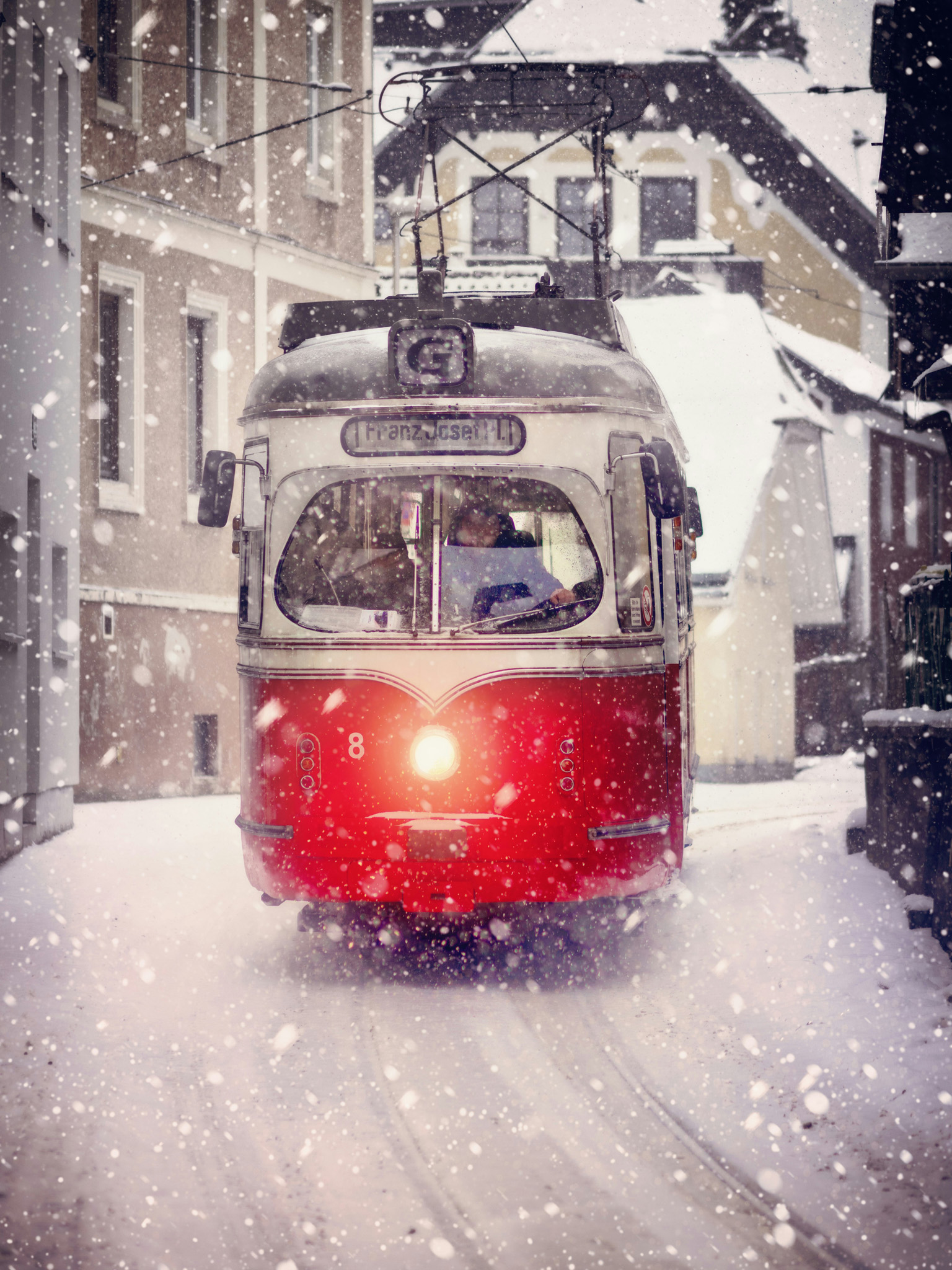
Practical Information
Currencies:
-
- Austria: Euro (€)
- Germany: Euro (€)
- France: Euro (€)
- Czech Republic: Czech Koruna (CZK)
- Hungary: Hungarian Forint (HUF)
Cash vs. Card:
Credit cards are widely accepted across Europe, but many smaller vendors at Christmas markets may prefer cash, especially in smaller towns. It’s always a good idea to carry a mix of both.
Languages:
-
- Austria: German
- Germany: German
- France: French
- Czech Republic: Czech
- Hungary: Hungarian
English is commonly understood, especially in tourist areas, but it’s appreciated to learn a few key phrases in the local language.
Tipping:
Tipping is generally appreciated in Europe, though it’s not mandatory. In restaurants, a tip of 5-10% is common if service is not included. For taxis, rounding up the fare is typical.
Power Outlets:
-
- Austria: Type C & F (230V, 50Hz)
- Germany: Type C & F (230V, 50Hz)
- France: Type C & E (230V, 50Hz)
- Czech Republic: Type C & E (230V, 50Hz)
- Hungary: Type C & F (230V, 50Hz)
Make sure to bring the appropriate adapter for your devices.
SIM/eSIM:
SIM cards are readily available in European countries, and eSIMs are also an option for travelers. You can buy local SIM cards in airports, convenience stores, or at mobile provider outlets. Many places offer good data packages for short stays. Using an eSIM is our recommended choice while travelling anywhere in the world, and our recommended provider is Holafly. For more information on eSIMs, check out this blog.
Visa/Entry
For European Union (EU) and Schengen Area nationals, no visa is required for travel within most European countries.
For non-EU visitors, a Schengen visa may be required depending on your nationality. Ensure you check the specific visa requirements for your country before travel. Visas typically allow for stays of up to 90 days within a 180-day period in the Schengen Area.
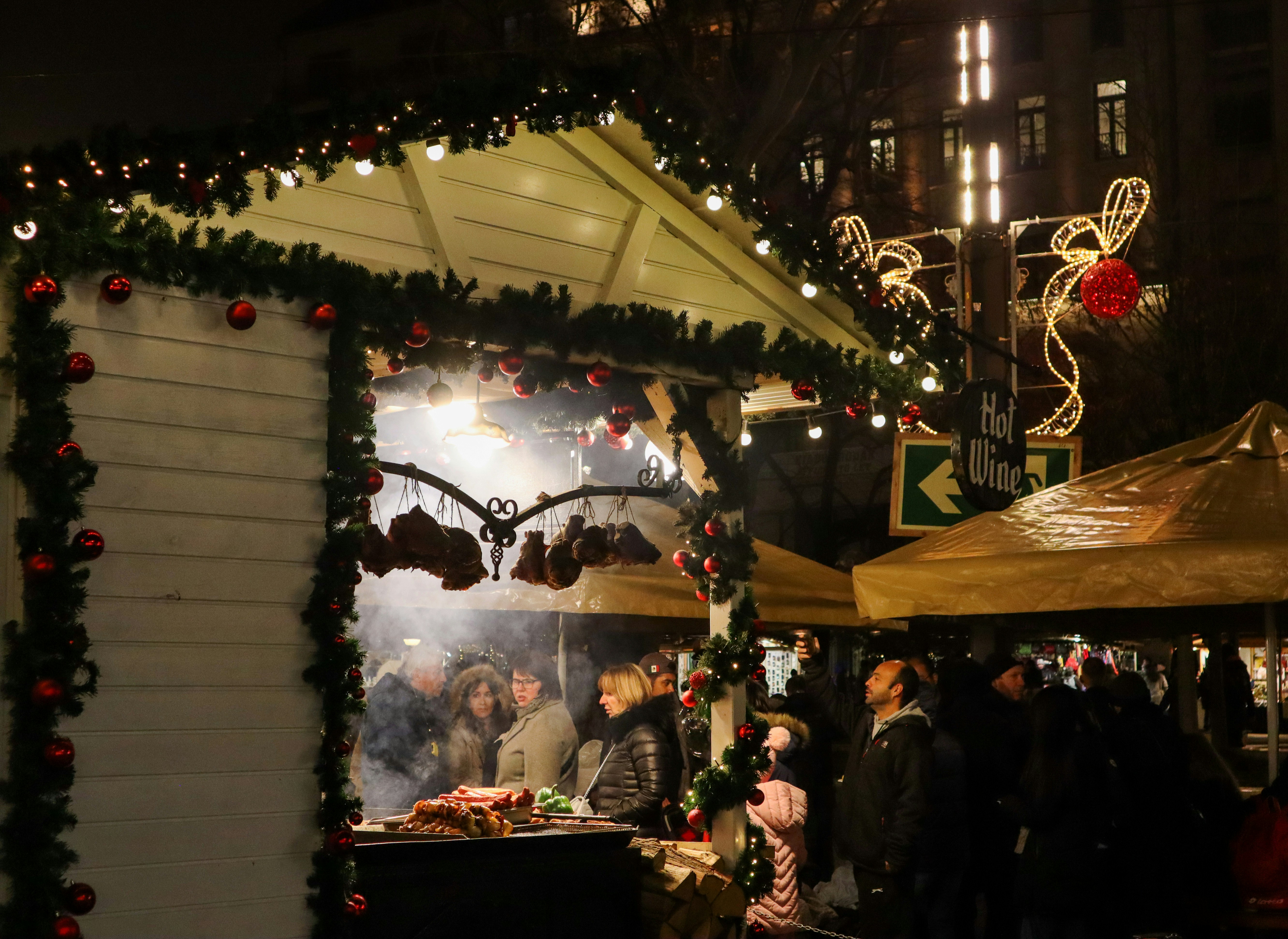
Food/Cuisine
- Austria: Enjoy local favorites such as Wiener Schnitzel (breaded veal cutlet), Sachertorte (chocolate cake), and Apfelstrudel (apple strudel).
- Germany: Don’t miss out on Bratwurst, Pretzels, and Stollen (fruit bread), along with hearty stews and sausages.
- France: Indulge in chocolat chaud (hot chocolate), vin chaud (mulled wine), and bûche de Noël (Yule log).
- Czech Republic: Taste local delicacies like koláče (pastries), trdelník (sweet pastries), and hearty meats.
- Hungary: Try gulyás (goulash), chimney cakes, and sweet pastries like rétes (strudel).
The Christmas markets are also filled with warm beverages, from mulled wine to hot chocolate, making the experience even more delightful as you wander from stall to stall.
Why Visit?
Europe’s Christmas markets are a magical experience, combining the charm of festive traditions with the beauty of some of Europe’s most picturesque cities. Whether you’re shopping for unique gifts, savoring delicious treats, or simply soaking in the holiday spirit, these markets offer something special for every traveler.
